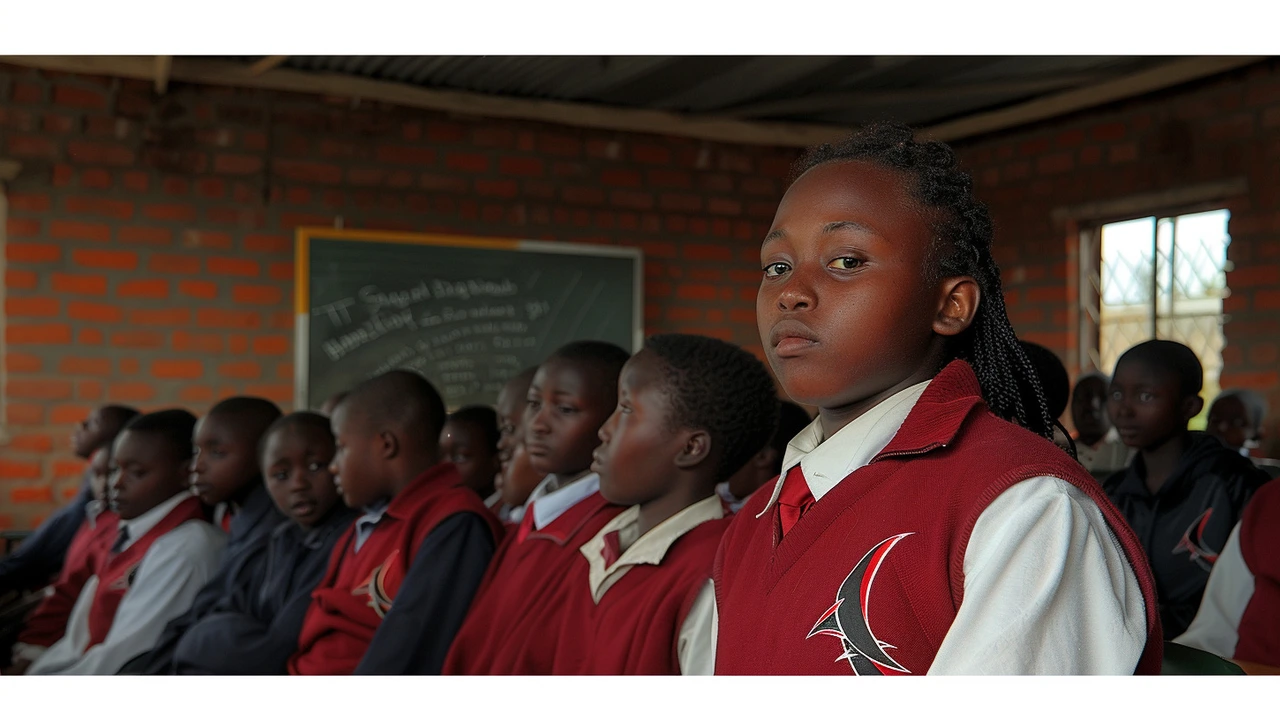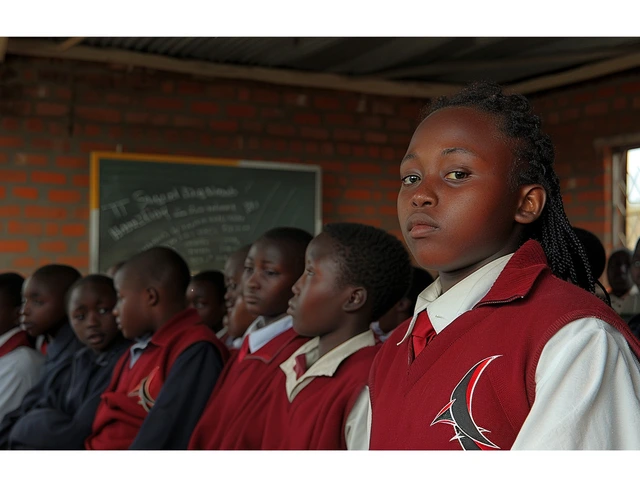
KUCCPS 2024 Placement Results Announced for KCSE Students: How to Access Your Results
Introduction to KUCCPS 2024 Placement Results
The recent release of the placement results by the Kenya Universities and Colleges Central Placement Service (KUCCPS) marks an important milestone for 2023 KCSE students. The results, which determine the students' eligibility and placement into various universities and Technical and Vocational Education and Training (TVET) programs, have just been made public. This year, the placement process reflects a diverse range of choices and trends among the students, giving insights into the preferences and future educational trajectories of Kenya’s youth.
Key Announcements by KUCCPS CEO Agnes Wahome
In an official announcement, KUCCPS CEO Agnes Wahome detailed that a total of 134,743 students have been successfully placed in public universities to pursue various degree programs. Additionally, more than 18,000 students have secured their spots in private universities. This year's placement exercise exhibits specific trends, particularly in the distribution of gender preferences for certain courses and institutions.
Gender Trends in University Applications
One of the notable patterns emerging from this year's placement process is the variance in gender applications. A higher number of male students applied for degree courses at traditional universities compared to their female counterparts. Conversely, there appears to be a larger proportion of female students who chose degree programs at TVET institutions. These trends could reflect wider socio-economic dynamics and cultural expectations influencing the career choices of young men and women across Kenya.
Program Preferences Among KCSE Candidates
This year's placement results also reveal the specific programs that attracted the most interest. For students who scored a C+ and above in their KCSE exams, enrolling in degree programs seemed to be the most appealing option. Among the various degree programs, the Bachelor of Education took the lead, witnessing the highest number of applicants. This trend highlights a robust interest in the education sector, possibly driven by the incentives and opportunities associated with the teaching profession in Kenya.
Steps to Check Your Placement Results
For students eager to discover their placement results, KUCCPS has streamlined the process to ensure it is straightforward and accessible. Here’s a step-by-step guide to check your results:
- Visit the KUCCPS student portal online.
- Log in using your KCSE Index Number.
- Enter the year you took your KCSE examinations.
- Provide your password, which is typically your KCPE index number or a combination easy to remember.
- Once logged in, navigate to the results section to view your placement details.
Importantly, KUCCPS has not imposed any charges for checking the placement results, which is a welcome relief for many students and their families.
Implications of Placement Results
The release of the placement results has several implications for the educational landscape in Kenya. First, it determines the immediate next steps for over 150,000 students who now know their academic destinations. For public universities, accommodating such a substantial influx of students will be a significant task, requiring adequate resources and infrastructure. Private universities, on the other hand, might see these placements as an opportunity to bolster their intake and enhance their educational offerings.
Moreover, TVET institutions are likely to experience a boost in enrollment figures, especially from female students. This shift indicates a growing recognition of vocational training as a viable and valuable educational pathway, potentially leading to skilled employment and entrepreneurial opportunities.
Challenges and Opportunities Moving Forward
As with any large-scale educational initiative, the KUCCPS placement process is not without its challenges. Ensuring that all students are adequately informed about their placements and the necessary steps to take involves effective communication and support systems. Furthermore, universities and colleges will need to continue addressing the logistical and infrastructural demands that come with increased student populations.
However, these challenges also present opportunities for growth and innovation within Kenya's educational system. Institutions may explore partnerships, technological advancements, and curriculum adaptations that align with the evolving needs of the student body and the job market.
Conclusion
The announcement of the KUCCPS 2024 placement results for KCSE students is a pivotal moment in the academic journey of many young Kenyans. It provides them with a clear direction for their higher education and future careers. As students prepare to embark on this new chapter, the trends and patterns observed in the placement data offer valuable insights into the evolving educational preferences and gender dynamics within the country. By facilitating a smooth and accessible result-checking process, KUCCPS ensures that students are well-informed and ready to take their next steps toward achieving their academic and professional goals.






